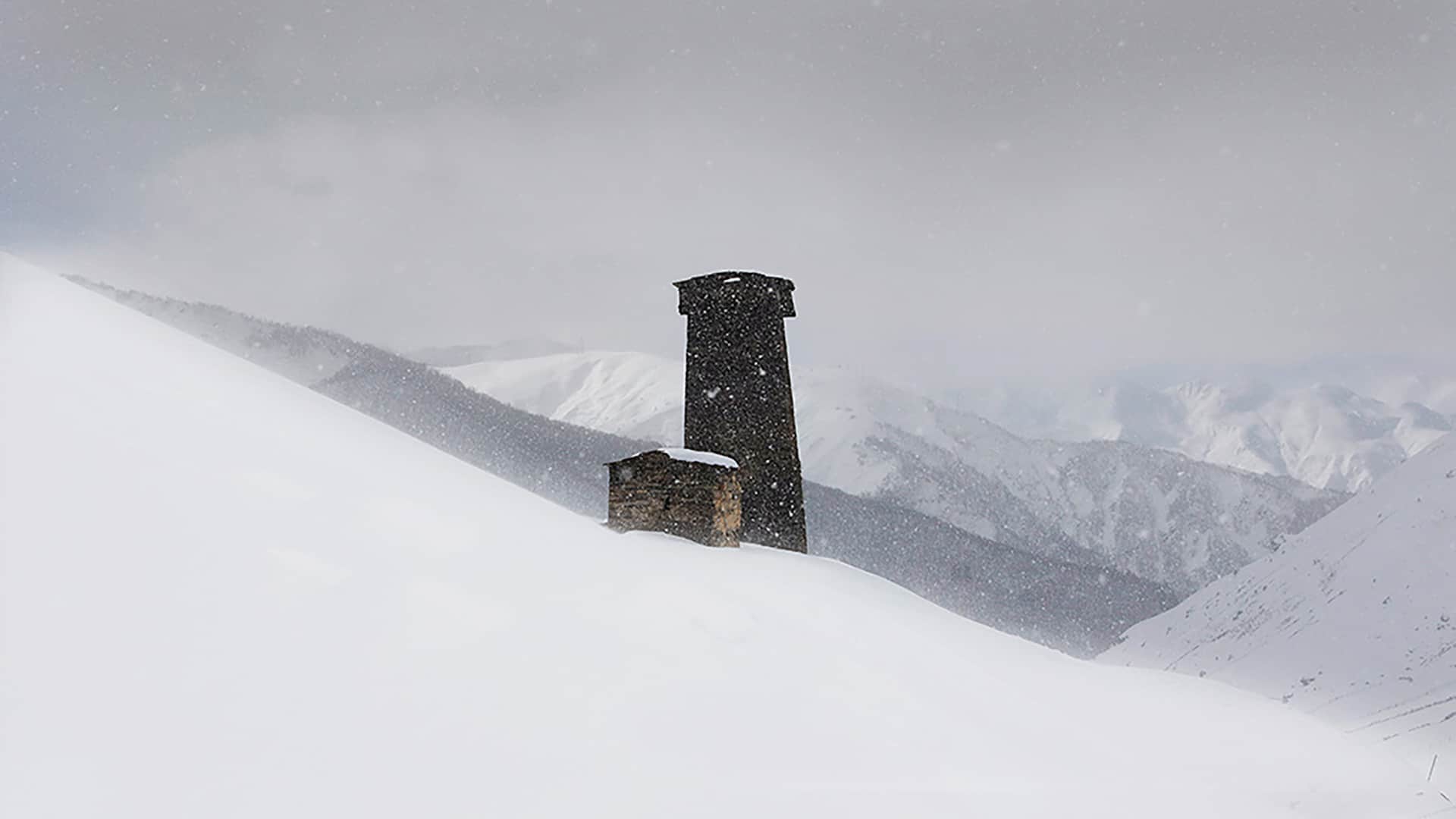Christophe Jacrot has been photographing snowy landscapes for years, sometimes when it is raining big fat snowflakes outside. His book Neiges [Snows] was just released by French art book publisher hartpon. Jacrot was kind enough to share a few thoughts and tips on the art of snow photography with BLIND.

You’re getting blind.
Don’t miss the best of visual arts. Subscribe for $9 per month or $108 $90 per year.
Already suscribed ?



